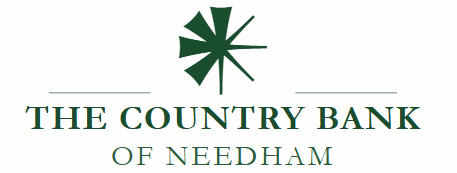A money order is best for small transactions (under $1,000), is cheaper, and can be purchased at various locations like post offices and stores without a bank account. A cashier’s check is for large transactions, is backed by the bank’s funds, has more advanced security features, and typically requires a bank account, though it has higher fees and is only available at banks and credit unions. Both are secure, prepaid payment methods that cannot bounce.
| Feature |
|---|
| Money Order | Cashier’s Check | |
|---|---|---|
| Best For | Small transactions (under $1,000) | Large transactions (real estate, vehicles) |
| Cost | Lower fees (around $1-$5) | Higher fees (around $5-$15) |
| Availability | Post offices, banks, grocery stores, retailers | Banks and credit unions |
| Account Required | No bank account needed | Usually requires a bank account |
| Security | Basic security features | Advanced security features, backed by bank funds |
| Maximum Amount | Typically capped at $1,000 | Generally no limit, based on bank policy |
When to use a money order
- Paying a small amount, such as a rent check or a bill.
- You don’t have a bank account.
- You want to save on fees.
When to use a cashier’s check
- Making a large purchase, like buying a car or a house.
- You want the most secure option, as it is guaranteed by a bank’s funds.
- The recipient requires a payment method that is guaranteed to clea
